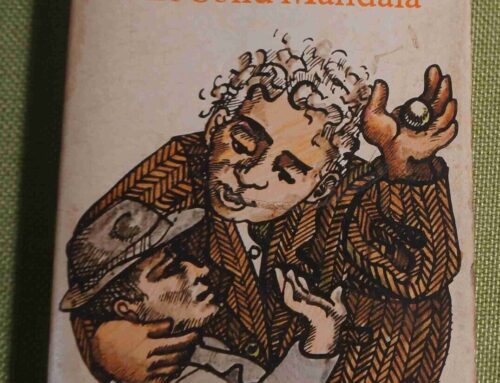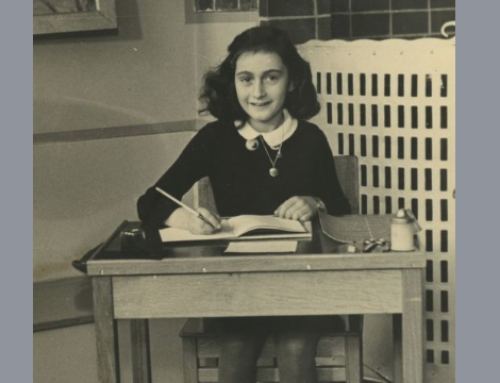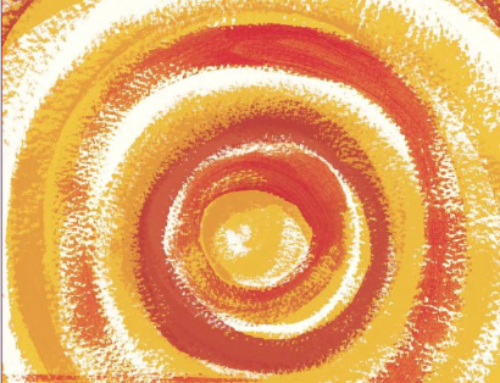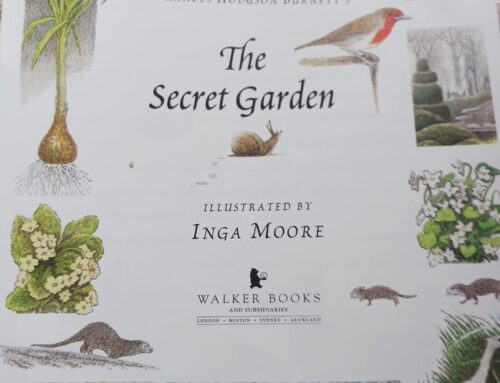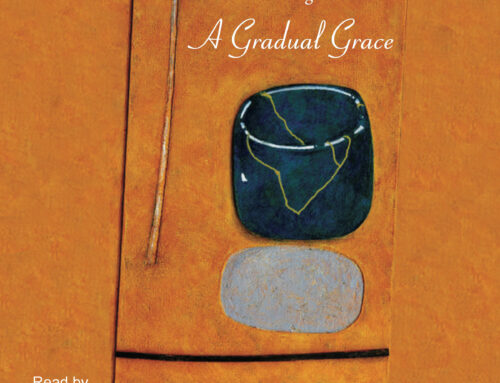I would normally not review a book for primary school children about war. But one came across my desk recently, and I was struck by the loving detail with which it tells the story of an Anzac soldier from a country town.

My Pop was a Kangaroo Anzac, by Deborah Wheeler, illustrated by the author and Lauren Hakala, is available through the Mates4Mates website (see link to book title above). $2 from every copy sold is given to Mates4Mates:
Mates4Mates doesn’t receive any government funding, so we’re reliant on the generosity of people like you to make an impact on the lives of our Mates (serving and ex-serving Australian Defence Force personnel and their families). There’s so many ways you can raise vital funds to help us keep our programs and service running for free for our Mates.
William James Wheeler was the author’s grandfather. He was one of the original Wagga Wagga Kangaroo ANZACs. On the 1st December 1915, eighty young men of Wagga Wagga, NSW, set out on the Kangaroo recruitment march. The goal was to recruit as many young men as they could from country towns to go to Europe and fight the Germans in World War One. The march took them 350 miles (563 kilometres) to Campbelltown, whence they went by train to Sydney; it took them thirty-eight days — the longest recruitment march in Australia’s history. They ended up with about 230 recruits.
Along the way, they were greeted, and food was donated by townsfolk and farmers, especially at Goulburn, where they celebrated Christmas. After some basic training, Bill Wheeler and the other Kangaroos were given a forty-eight hour pass to return home to say goodbye to their families; then they set sail for South Africa, where they had further training before being shipped to France. Nine months after arriving in France, Bill was wounded in action; he was the only survivor of his group and lay for hours before he was rescued under cover of nightfall. His arm was so badly shattered by shell fragments that he never returned to action. He spent seven months in various hospitals in France and England before he was shipped back to Australia and discharged.
Bill was a survivor, while many of his comrades were killed. His arm was never the same again; he had a total of twenty-one operations on it and had to wear a leather brace for the rest of his life. But he married and had a large family, and worked until his death in 1961.
This touching story is told with loving detail and vivid illustrations. A double-paged spread lists the names of those young men in his battalion who embarked from Sydney with him in 1916.
Stories like this, told in simple words with vivid detail, bring home to children what it meant to live in a time of war, and what we owe to those young men who sacrificed their lives. War is not glorified in this story, but its effects on men and women’s lives are narrated in fresh and interesting detail, for Primary School age children and their families.
My Pop was a Kangaroo Anzac can be ordered through the Mates4Mates website.
